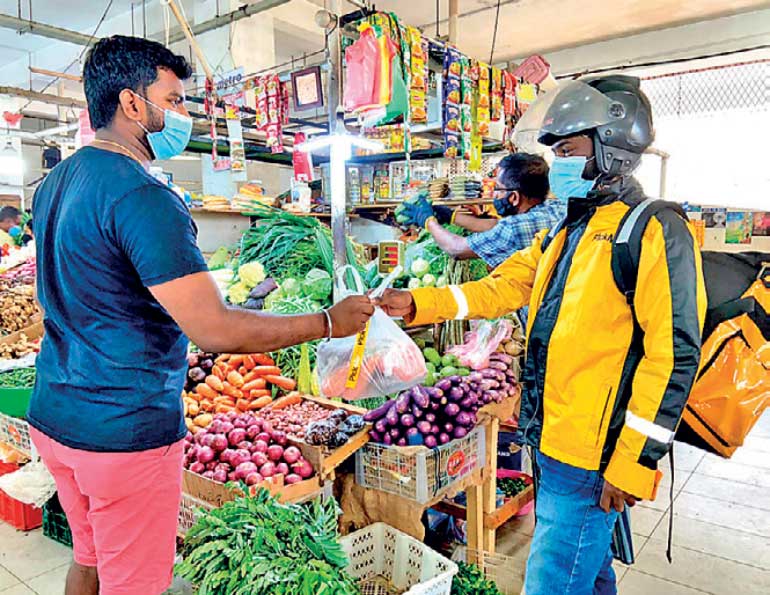Sunday Dec 14, 2025
Sunday Dec 14, 2025
Tuesday, 4 January 2022 02:10 - - {{hitsCtrl.values.hits}}

Rider hailing services are an integral part of the home economy
With fuel prices at the pump increasing and commodities set to take another bump, PickMe says it is vital not to take our eyes off the ball. “Despite all shortcomings, the wheels of the economy must not stop turning,” says PickMe CEO Zulfer Jiffry. The company has increased incentives to their driver partners in order to stay focused and strengthen their service offering as they are seeing an increase in demand for their services.
The PickMe CEO says, “It is only logical that people stop using private cars, and fuel guzzling four-wheel drives by switching to a more economical form of travel. This is where our ride hailing service will play a significant role in stepping up to manage the crisis we are facing in the transport sector.” The company is of the view that owning cars to manage one’s transport is becoming a thing of the past. “Today one has to have more community solutions that are not only a saving on the family budget but would also have a macroeconomic impact, especially now, in terms of our dollar spend.”
Global stats say the taxi-market which was at $ 69 billion in 2019 is expected to hit $ 120 billion by 2027, registering a compound annual growth rate of 12.3% from 2020 to 2027. These numbers clearly point to a rise in demand for ride-hailing and ride-sharing services, and a rise in demand from online taxi booking channels, indicating that the surge in cost of vehicle ownership is fuelling the growth of the global taxi market.
Jiffry says, going by global trends, the expansion of this industry in the country is inevitable. However, the only impediment they see in Sri Lanka is the stoppage of commercial imports of all vehicles to the country in the last two years. “We are seeing a double digit increase in demand for PickMe services but only a single digit in supply in terms of new driver partners joining PickMe. And this is mainly due to the lack of new vehicles coming into the market.” Sri Lanka has built a network of highways with the goal of improving the country’s transport and logistics industry. However, for it to become a reality there has to be the movement of commercial vehicles transporting people and goods.
An efficient transport system allows easy movement of labour from households to workplaces, goods and services between suppliers, homes and workplaces. There is a direct correlation between their GDP growth and this sector. “While we understand the need to cut down the imports of vehicles into Sri Lanka currently, vehicles especially motorbikes, three-wheelers and small cars should be the first to be released from restriction when the country opens up!”